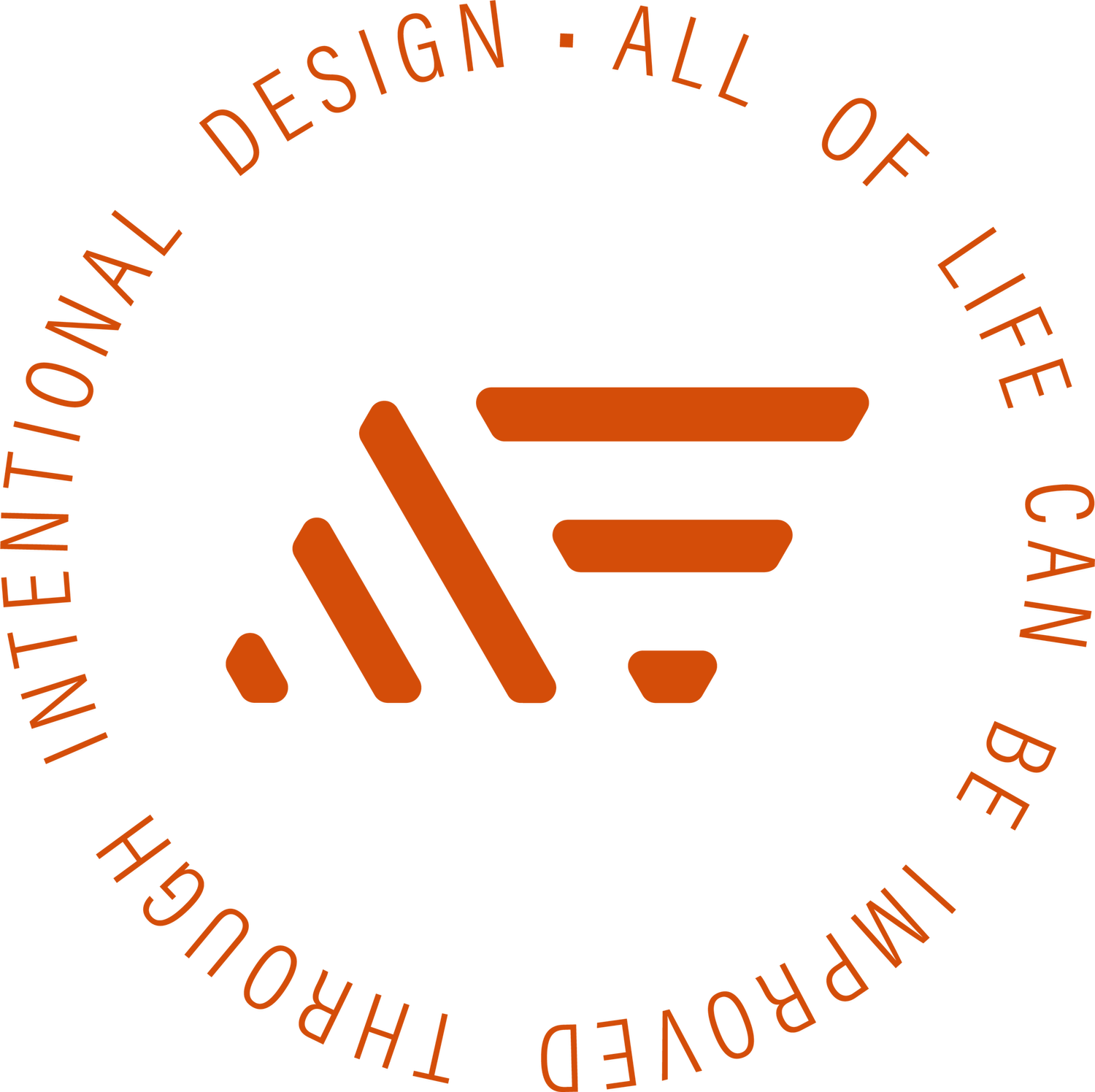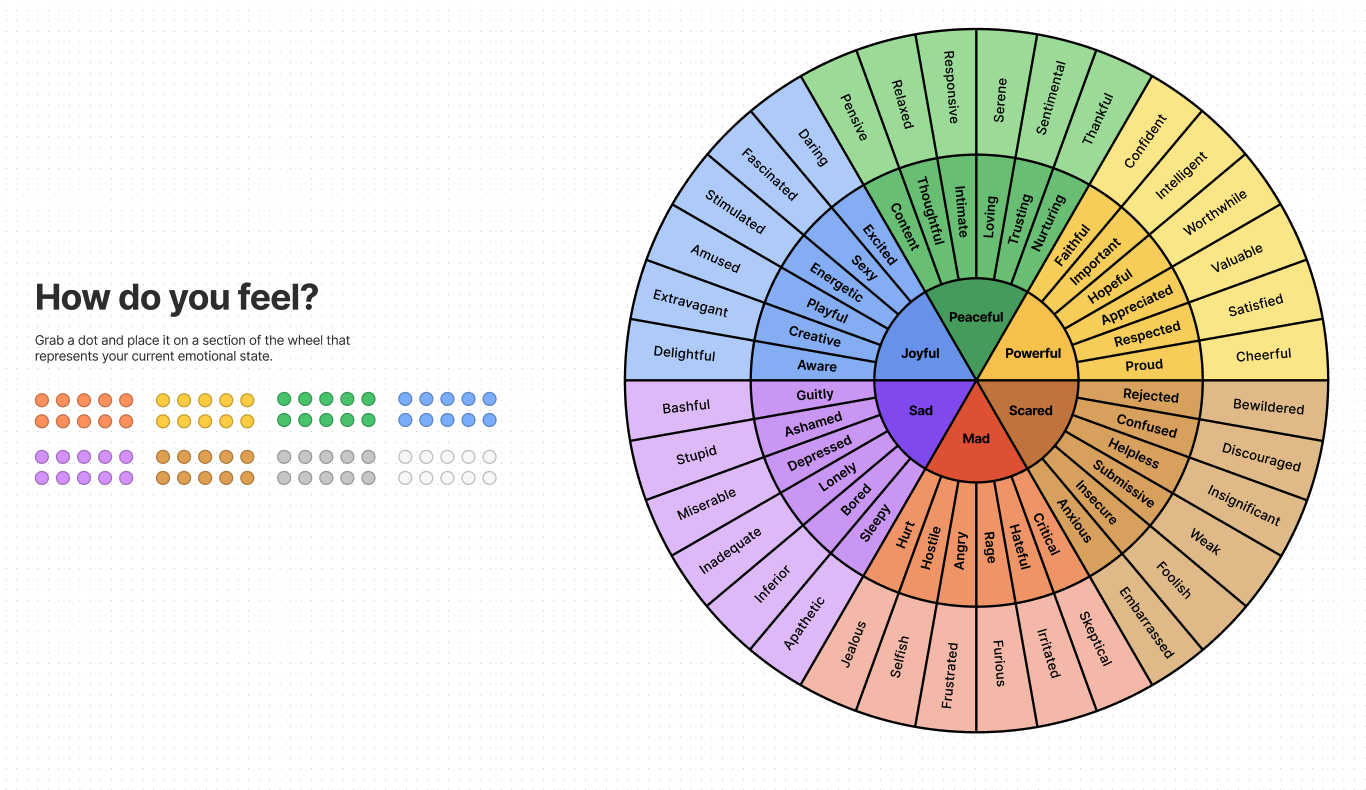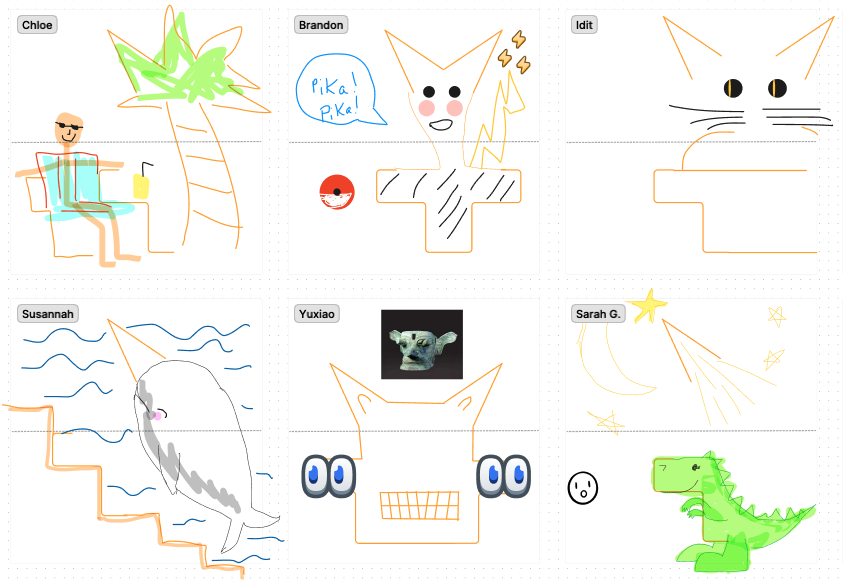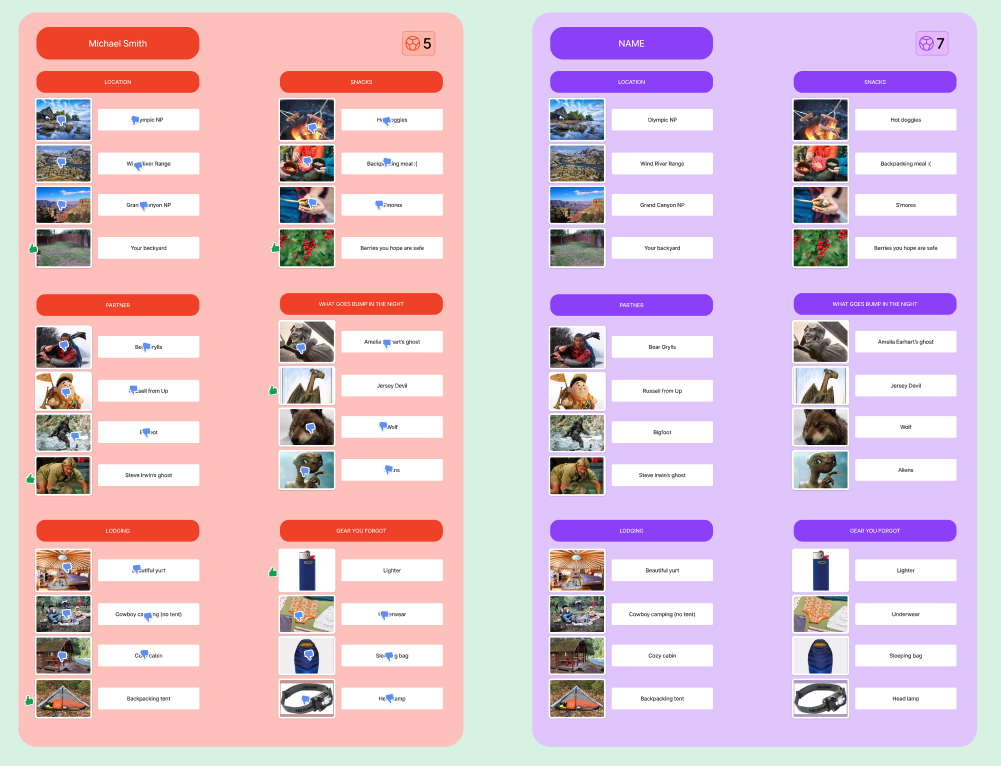How ‘Abstract Mornings’ Expanded Creativity and Built Team Trust
It’s a Monday morning. The team filters into the office, slightly sluggish. Even the most inspired team members seem to need a jolt to kickstart the week.
We’ve all been here, especially those in creative fields. Writing, designing, planning, strategizing, they all require a level of creativity that needs fostering. Doing the same old thing won’t cut it for long at today’s rate of innovation. We need abstract thinking to reframe our decision-making and broaden our creativity.
This was the scene with our team. We needed something to get our creative juices flowing at the start of the week. The restricted ways in which we were viewing the tasks at hand needed a level of abstraction. And so, “abstract mornings” were created.
What are ‘abstract mornings’?
I’m so happy you asked! Because of the scene I laid out above, abstract mornings were born out of a desire for mind expansion and team building. Every other Monday morning, I host an optional “meeting” for the marketing team (which consists of writers, project managers, designers, and other communication specialists). In this ‘meeting’ I run an exercise that gets people out of their comfort zone and abstractly activates a new part of our brains.
“I’ve heard some people describe creativity as ‘unexpected connections between unrelated concepts or ideas.”
These exercises could be any number of activities. From improv games to silly road trip time-passing techniques. Variety is important here, I try to plan activities that lend themselves to both the shy and outgoing, the artists and the writers, the quiet and the loud.
I’ll save the specific list of activities for the end of this post, but one of my recent personal favorites was an idea stolen from this Foursquare post (who knew they were doing something similar!?).
In the activity, each team has to come up with a movie title, replace only one letter, and then draw a scene from that new movie. Once everyone has a chance to draw their cinematic recreation, others try to guess the new name of the movie.
Here are some of the ones we drew, can you guess any?
What’s the ROI of abstract mornings?
Another great question! And the simple answer is that I haven’t figured out a way to track that. However, I do know that the team leaves these short 15-minute sessions with their mind in a more creative space and feeling more trust and understanding for each other.
You can’t really put a monetary value on creativity and trust. One of the beautiful parts about this is making it optional, but hopefully if the team sees enough value they too will encourage others to attend. In the end, we can all be weird together!
Creating spaces where we are free from deadlines, tactics, and email for a few minutes helps everyone to connect back on a human level. This can only be a good thing. We’ve seen it help our team and I hope that just maybe it’ll help yours too!
Here are some of the best activities we’ve done together, what are some other ideas you have?
Play the board game Concept
Story story game
Walk-over association: Place all players at one end of the room. Ask them to name, for themselves, all the things they think of when you throw them the word `Banana` (or anything else). For every word they come up with they can take a step. They should keep thinking of stuff until they reach the other side of the room. Then throw them another word.
Name 6 Circle: You will need a tennis ball or a towel tied in a knot for this one. Everyone sitting or standing in a circle. You give one person the ball, and ask him to name at least 6 (or any other number, depending on the size of the circle), in the time it takes for the ball to get passed along the circle. Things to ask for might be sour-tasting fruit, foreign makes of cars, names of seas, B-movies, Italian foods
What is it game?: Show an image of a thing and have people explain what it is… sell us… really sell us.
Draw your ideal sandwich
Take 15 seconds to flip through a magazine and rip out the images that resonate with your current mental state. Come back together and explain what stood out to you and why.
Recreate song lyrics using just emojis.
Change one letter in the name of a movie to create a new title. Draw a scene from that movie and have everyone guess what it is.
Group lead meditation
Applying this to a remote team
Many of these activities I listed were great for an office but for the last 5 years, I’ve been working remotely as many have. However, the principles of good ideas like this one can easily be lifted and adapted to a different setting.
At first, it seemed like the “norm” for starting remote meetings was to post some sort of icebreaker. And while these are great and sometimes can be a lot of fun, there had to be other creative ways to have fun as a team. Remote video calls tend to all feel like “meetings” even when many of them are in place to stay connected in ways that would happen informally in an office environment.
To break the monotony of recurring meetings, I kicked every weekly team meeting off with some sort of creative exercise. Many of which utilized a tool like Figjam or Miro.
Here is a list (with some pictures) of different remote activities I ran to help break the ice, get to know people better, and also just have some fun!
Tell us about something creative you’re working on (or recently worked on) outside of Reforge. Bonus if it’s a show and tell.
Feelings wheel: This came from a template in Figjam, but the premise is to have everyone mark where they are emotionally that day. You can do a single dot or ask specifically related to work and personal. Then open up a time to encourage people to share why they placed their dot on a particular location. Never force anyone to share the why behind their feelings, but as a leader, observe this so you can keep in mind how the team is doing.
Emoji Pictionary: Pick a category (movies is always a good one) and have folks use emoji to express that category. Everyone else has to guess what the emojis mean. See below for a few examples, can you guess the movies?
Assemble a character: Assign each person on the call a body part and have them draw or locate an image of that piece. They secretly send the “assembler” the image and once all the body parts come in, the assembler pieces them together live to make the character. We played this and created a (terrifying) mascot for the team. We also played a Thanksgiving edition where everyone was asked to create a turkey tail feather, and here were the results:
Squiggle finish: I play this game with my kids when we go out to eat, but you can also play remotely. The leader should make a Figjam file that has different frames for each individual. In the frames, place the same “squiggle” drawing (this can be a line of any shape, but should remain abstract). On the call, have each person pick a frame and “complete” the squiggle drawing. It’s fascinating to see how each individual interprets and completes the picture.
M.A.S.H (mansion, apartment, shack, and house): This is the old kids’ game where you try to predict your future. This activity we played was the “camping edition” and was led by one of our designers Sarah R.
I hope these are helpful for you and your team to add a bit more creativity and fun into your meetings!






